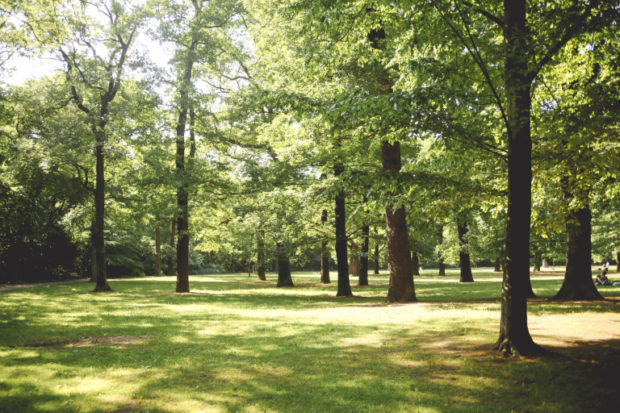
New United States research has found that living just a few blocks away from “green space” could be good for a teenager’s mental health.
Carried out by researchers at the University of California, Los Angeles (UCLA) Center for Health Policy Research, the new study looked at data gathered from the California Health Interview Survey carried out between 2011 to 2014, which included a total of 81,102 households, composed of 4,538 teenagers and 81,102 adults.
The households’ surrounding greenness was measured using a satellite-generated map showing the density of vegetation.
The findings, published in the journal Health & Place, showed that when teenagers lived within 350 meters (a radius of around two city blocks) of a large amount of greenness, a level found in the top 25 percentile, they are 36 percent less likely to have serious psychological distress than a teen living in an area with greenness in the bottom 25 percentile.
Higher levels of exposure to greenness were also significantly associated with lower rates of serious psychological distress in adults age 65 and older.
However, greenness did not appear to have the same benefits for younger adults.
The researchers cite previous research, which suggests that greenness may have a stronger effect on teens and seniors as they are more likely to stay within their neighborhoods and have a stronger response to their local environment.
Co-author of the study Ying-Ying Meng also added that as teenagers’ brains are still developing, the finding that teens benefit more from being near green space is a significant one.
“The study suggests that older adults and teens seem to respond well mentally to nearby ‘doses’ of plants and trees,” said added Meng. CE/JB
RELATED STORIES